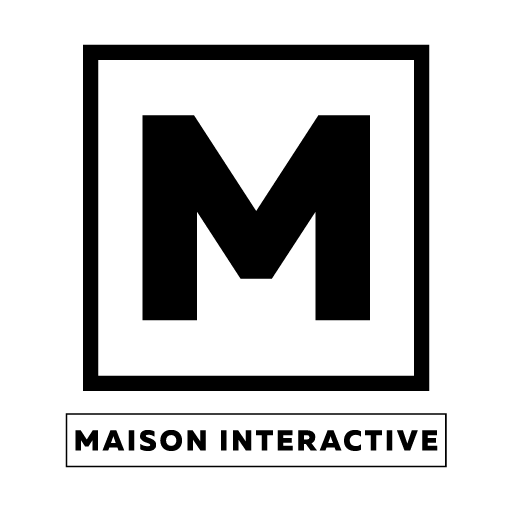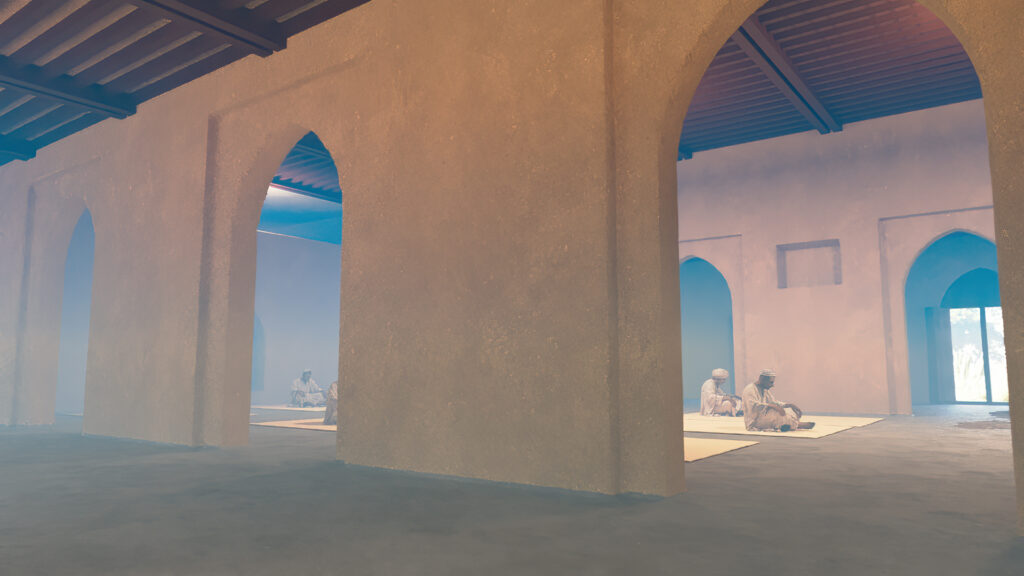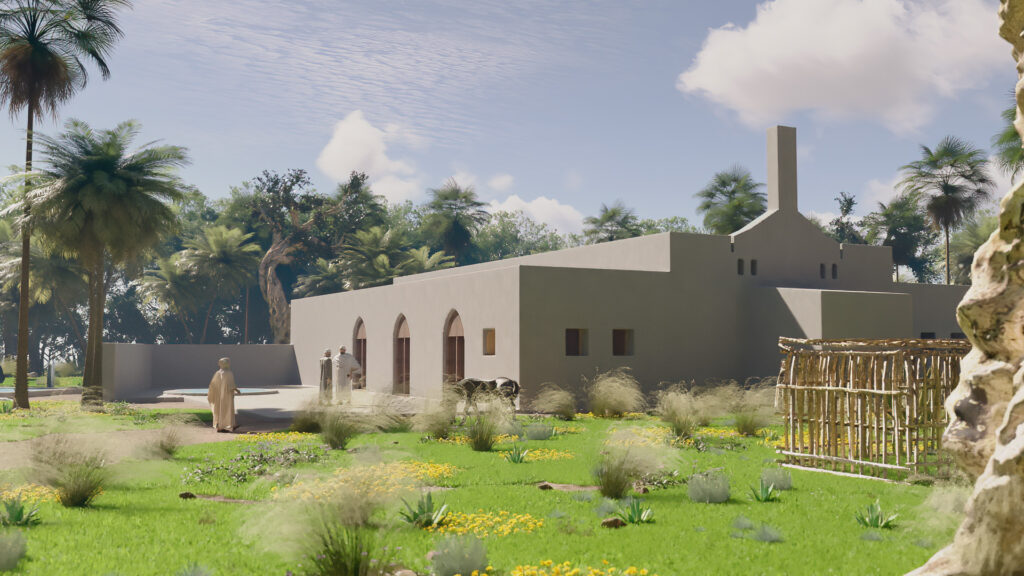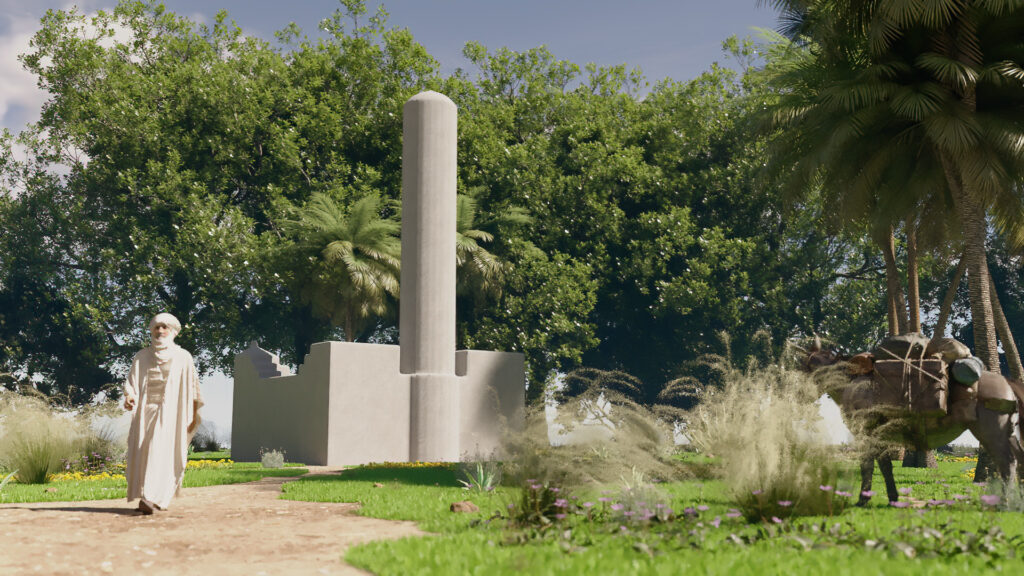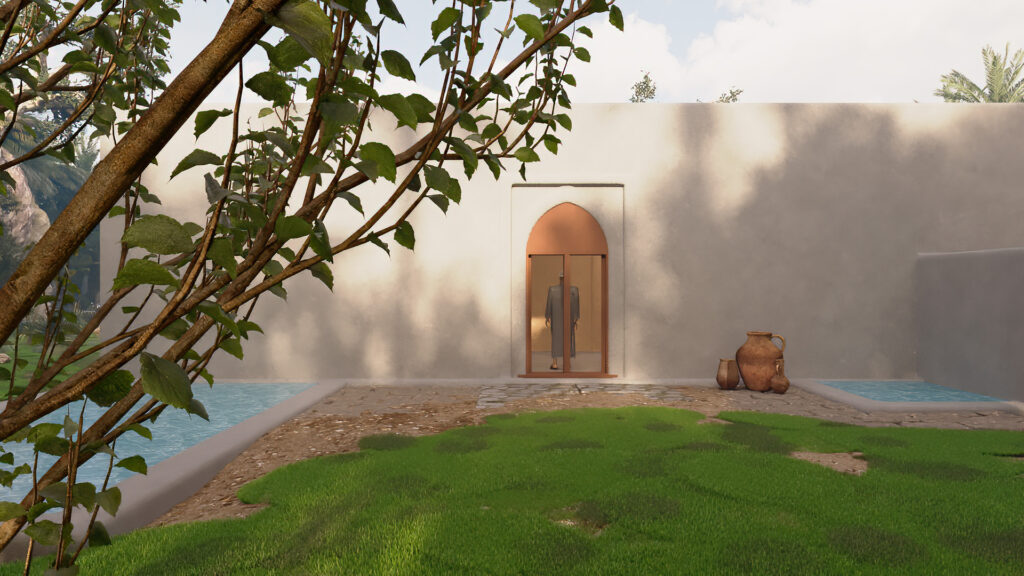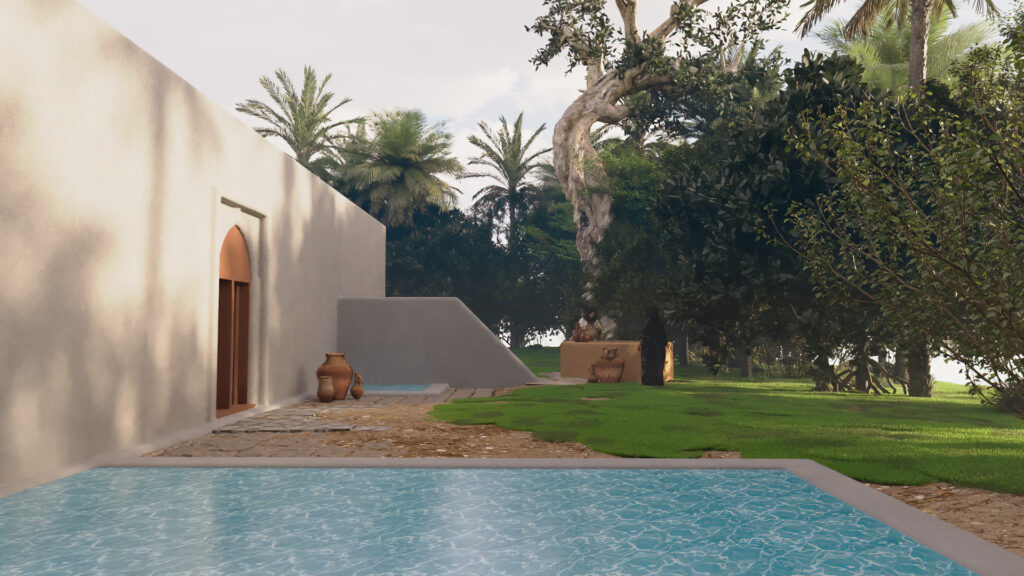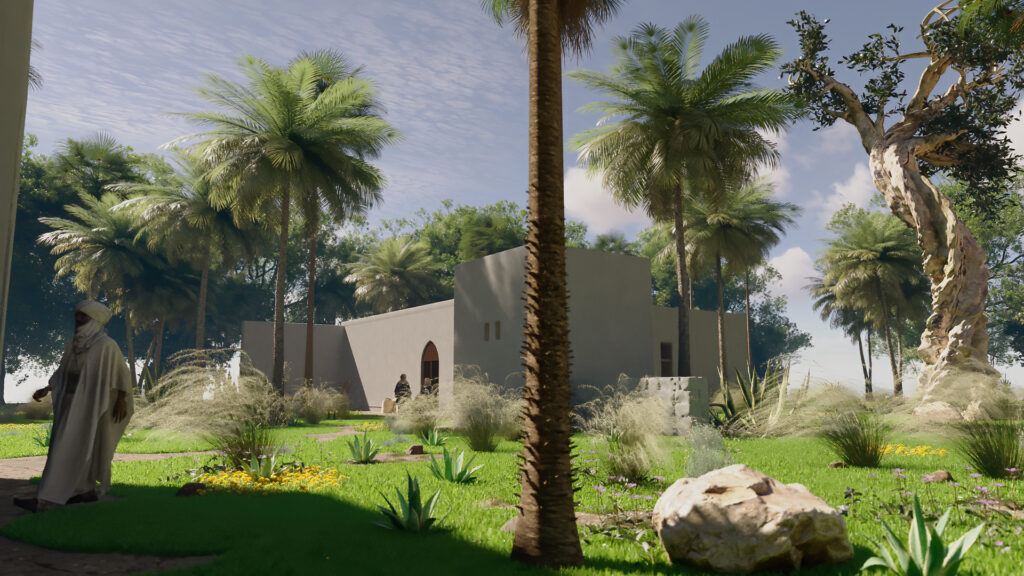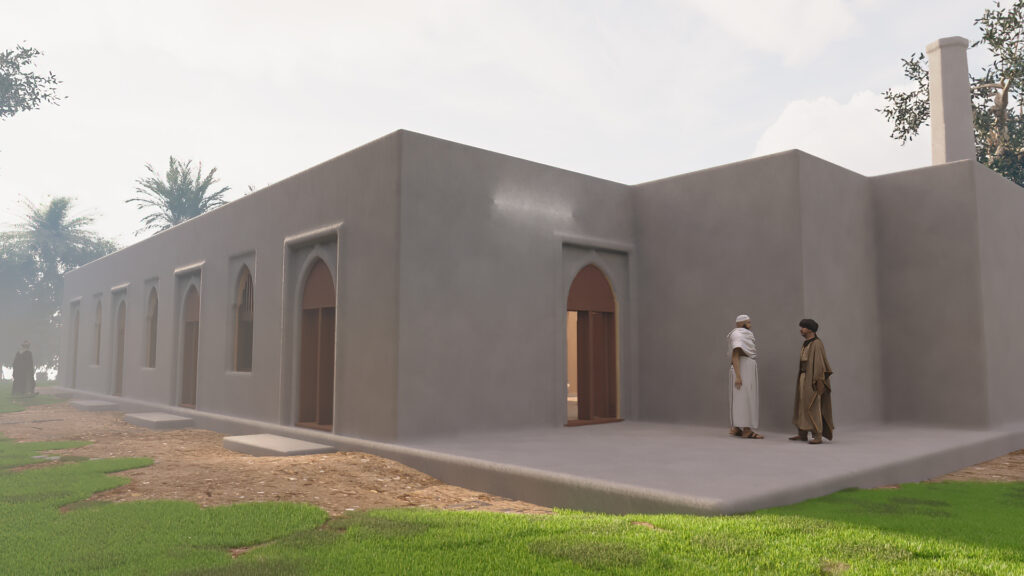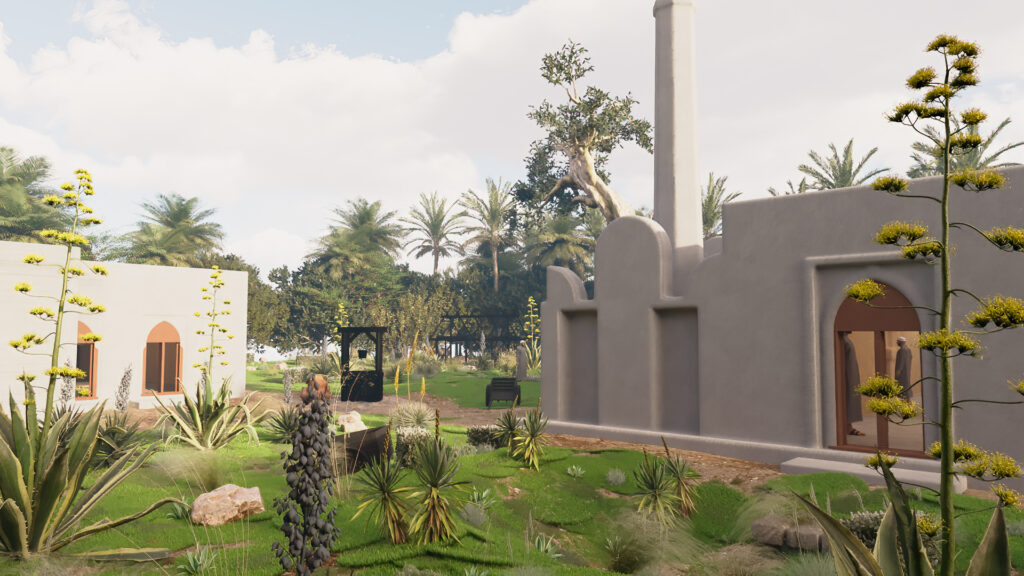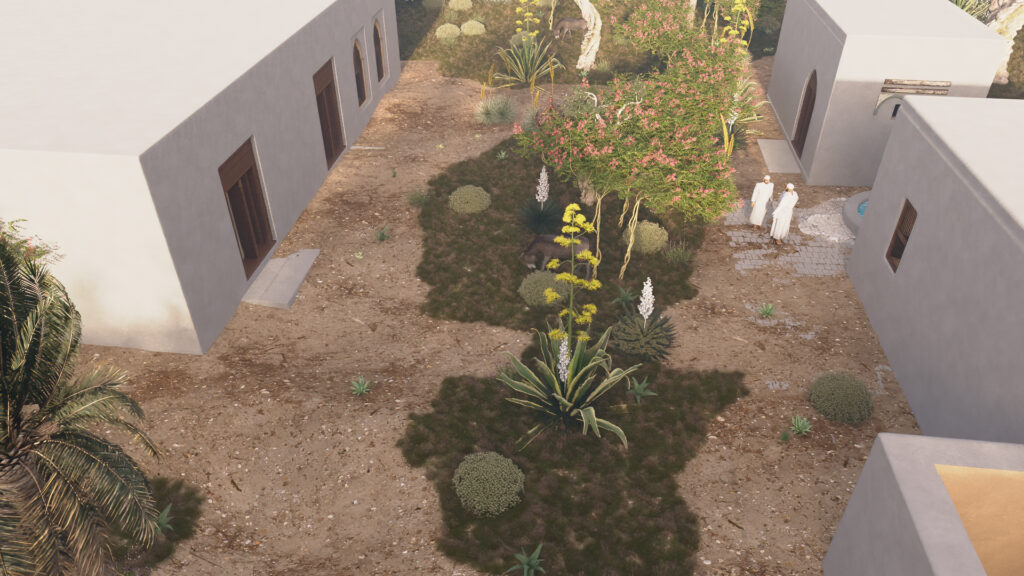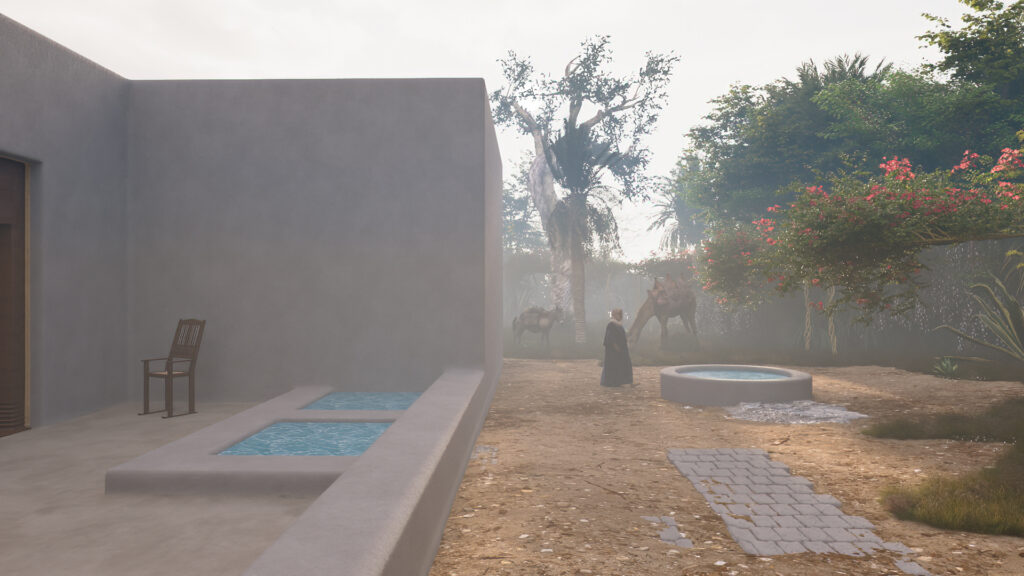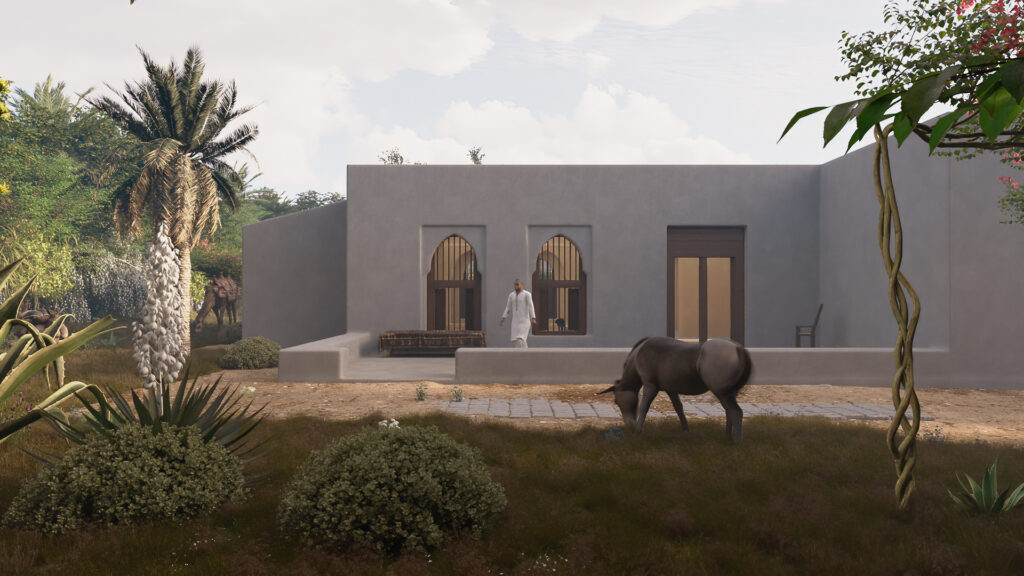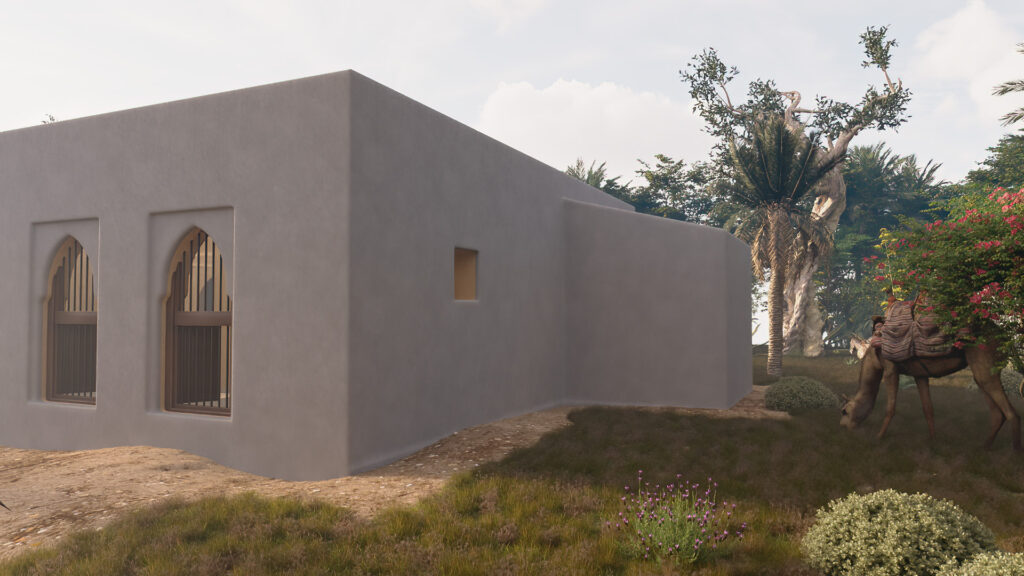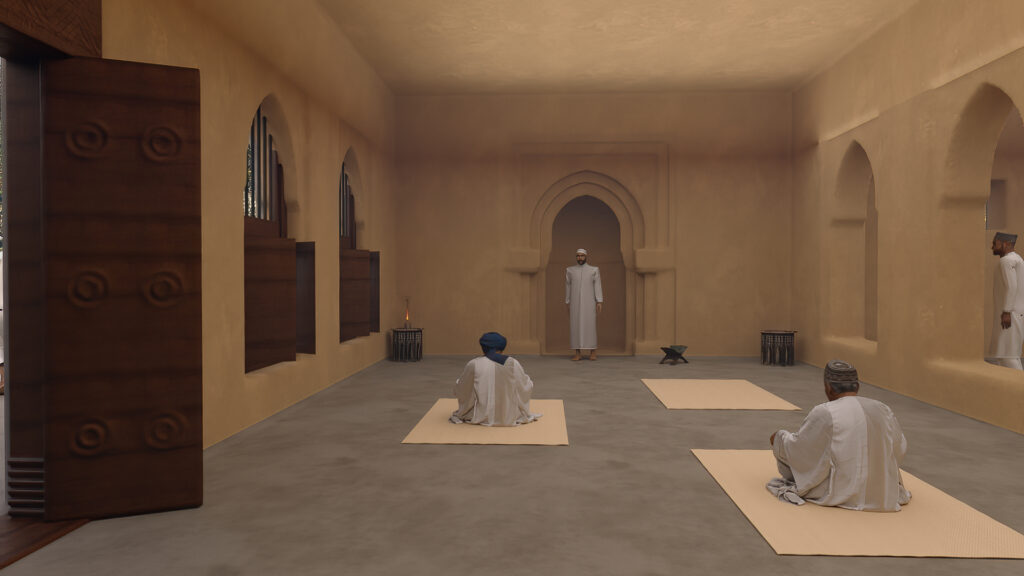Navigating World Heritage Sites Through 3D VR Exploration
MakavaziGo! VR
The National Museums of Kenya's works to safeguard and showcase the country's diverse heritage, fostering education, research, and cultural appreciation for all.
Project Overview
- Client Name: National Museums of Kenya
- Industry: Government
- Website Link: https://museumlearn.co.ke/ https://vr.museumlearn.co.ke/
- Heritage Sites Covered:
- Fort Jesus
- Mnarani
- Thimlich Ohinga
- Jumba la Mtwana
- Takwa Ruins
Commissioned by the National Museums of Kenya, the goal of this project wasn’t just to preserve history; it was to catapult users into a mesmerizing journey through time, exploring the vibrant narratives of iconic sites like Mnarani, Jumba La Mtwana, and Takwa. Our objective was to foster a deeper understanding and connection to the vibrant history of Kenya’s cultural heritage sites.
Time Travel Through Technology
The concept of time travel has long captured the human imagination, and 3D VR exploration brings us as close to this idea as technology allows. Visitors can virtually step into the shoes of our ancestors and navigate through the bustling streets of ancient cities, explore majestic palaces, or wander through long-forgotten temples. The meticulous attention to detail in 3D recreations allows for an unparalleled sense of realism, fostering a connection between the present and the past.
This is what we had in mind when embarking on this journey of of creating 3D recreations for cultural heritage sites. The goal was not only to preserve history but also to deliver an immersive experience to virtual visitors and transport them back in time.
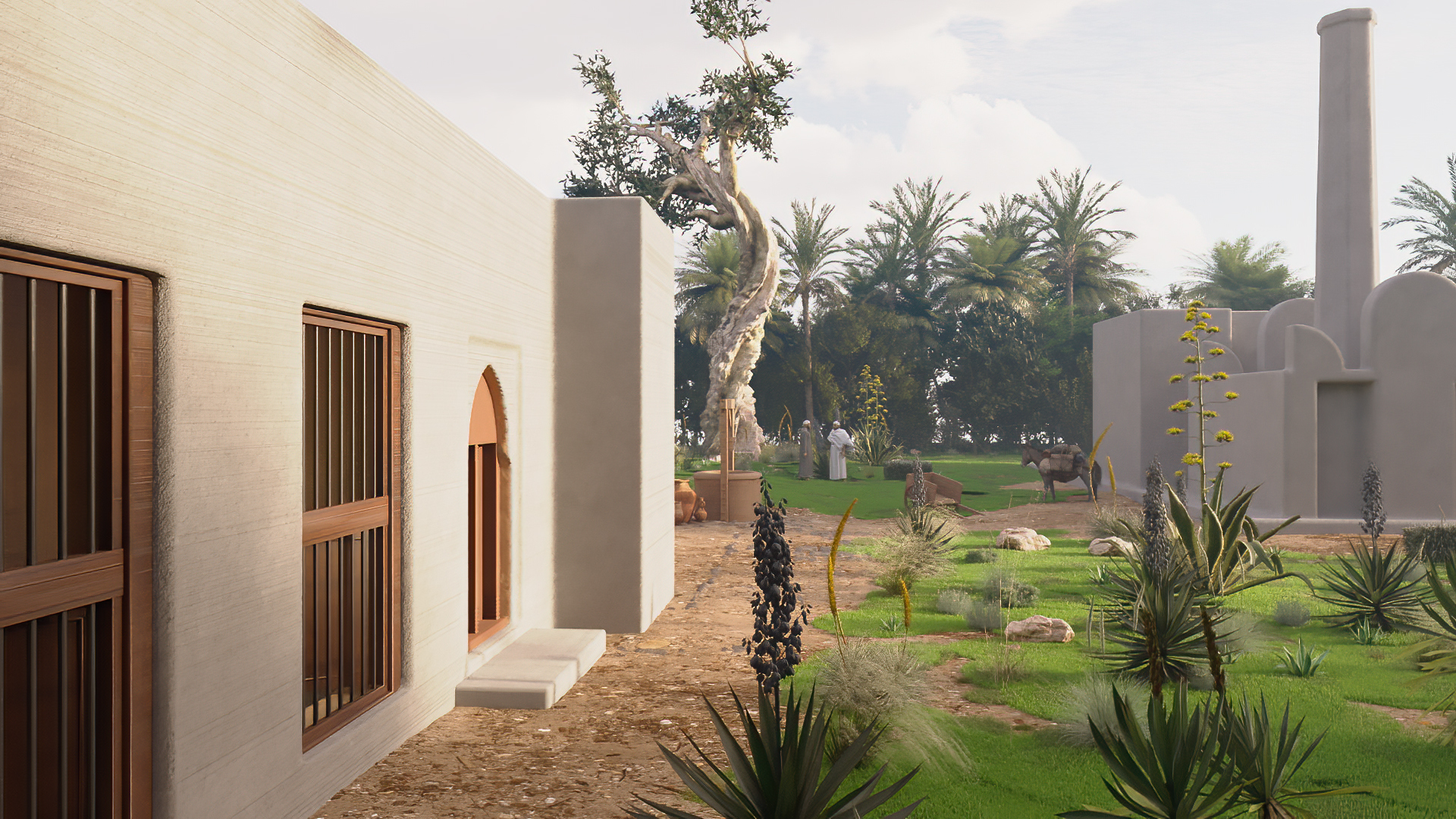
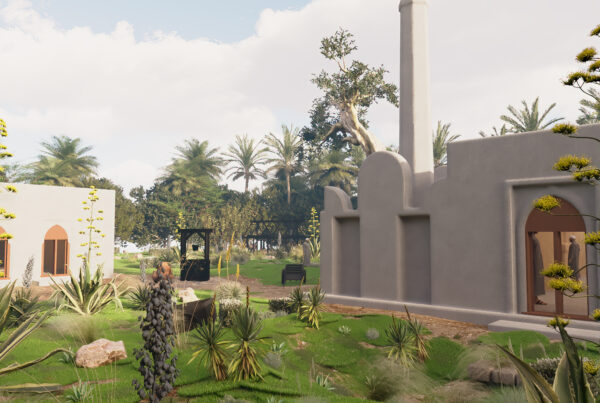
Get Ready for a thrilling ride!
Immersive Historical Context
Working collectively with experts, we ensured the accuracy of our 3D recreation process. We collaborated closely with historians, archaeologists, educators and cultural experts, we gained invaluable insights into the historical context, architectural details, and cultural significance of each selected site. Their wealth of knowledge contributed to the authenticity of the virtual experience, infusing historical context, architectural details, and cultural nuances into our digital representations.
The historians and educators, helped us embedd informative content within the VR experience. Historical narratives, cultural explanations, and interactive elements were seamlessly integrated to create an engaging balance between education and entertainment.
Every nook and cranny of the heritage sites was documented during the on-site surveys , laying the foundation for the subsequent 3D modeling process.
After which our team of 3D modelers, graphic designers, and VR engineers, got to work to collectively translate the gathered data into intricate 3D models. The objective was to preserve the smallest architectural details and historical features, ensuring an authentic and realistic virtual environment.
The integration of VR technology became a pivotal phase, as we selected suitable platforms and technologies to host our 3D recreations. Our VR experts ensured an intuitive and user-friendly interface, enhancing the overall user experience across various VR devices.
Go VR!
Evoking Emotional Connections
One of the most powerful aspects of 3D VR exploration is its ability to evoke emotional responses. Stepping into a reconstructed ancient mosque, for example, may trigger a sense of awe and wonder as visitors are immersed in the scene. This emotional connection transcends traditional forms of learning and leaves a lasting impact on individuals, fostering a sense of empathy and understanding towards different cultures and historical periods.
By virtually interacting with the environment, users gain a deeper appreciation for the daily lives, customs, and cultural significance of these sites.
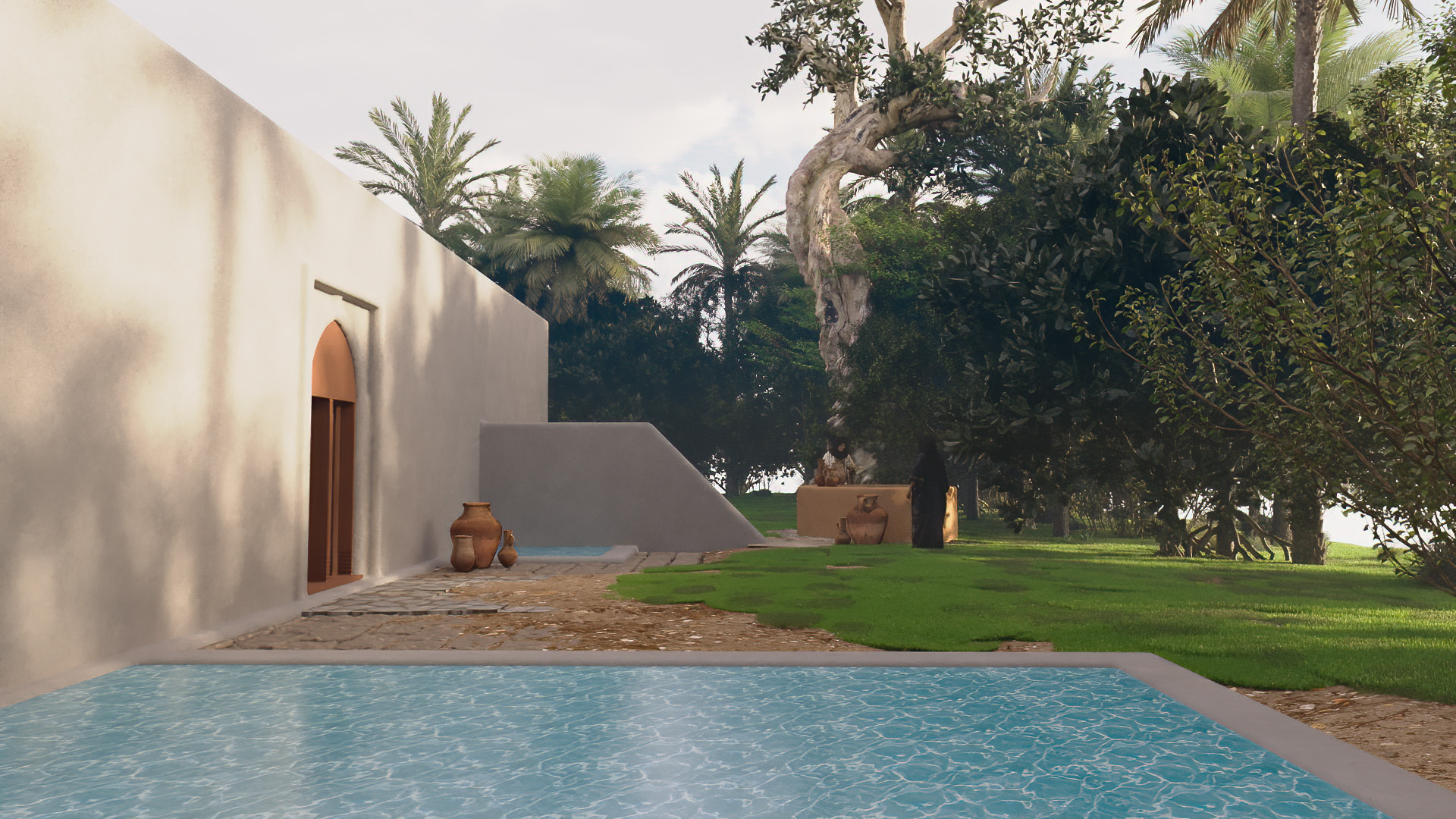
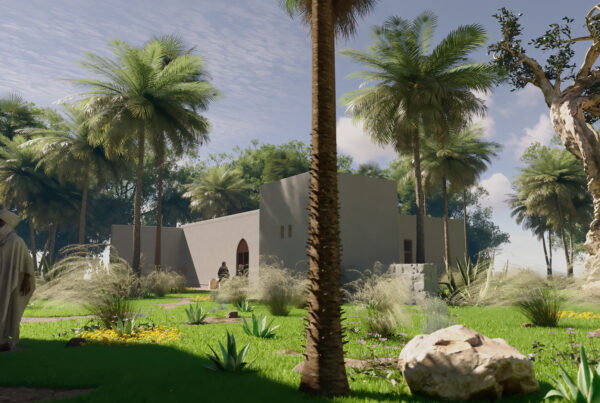
Preservation of Cultural Memory
Heritage sites are often subject to the ravages of time, environmental factors, or even human activities. For us, 3D VR exploration served as a digital time capsule, preserving the cultural memory of these sites in their prime. This not only aids in documentation and conservation efforts but also ensures that the stories and significance of these locations are passed down to future generations. The technology acts as a bridge between the past and the present, allowing for the continuous transmission of cultural knowledge.
